Equipment
Cleveland Frontline Elite putters: Taking a technology deep dive
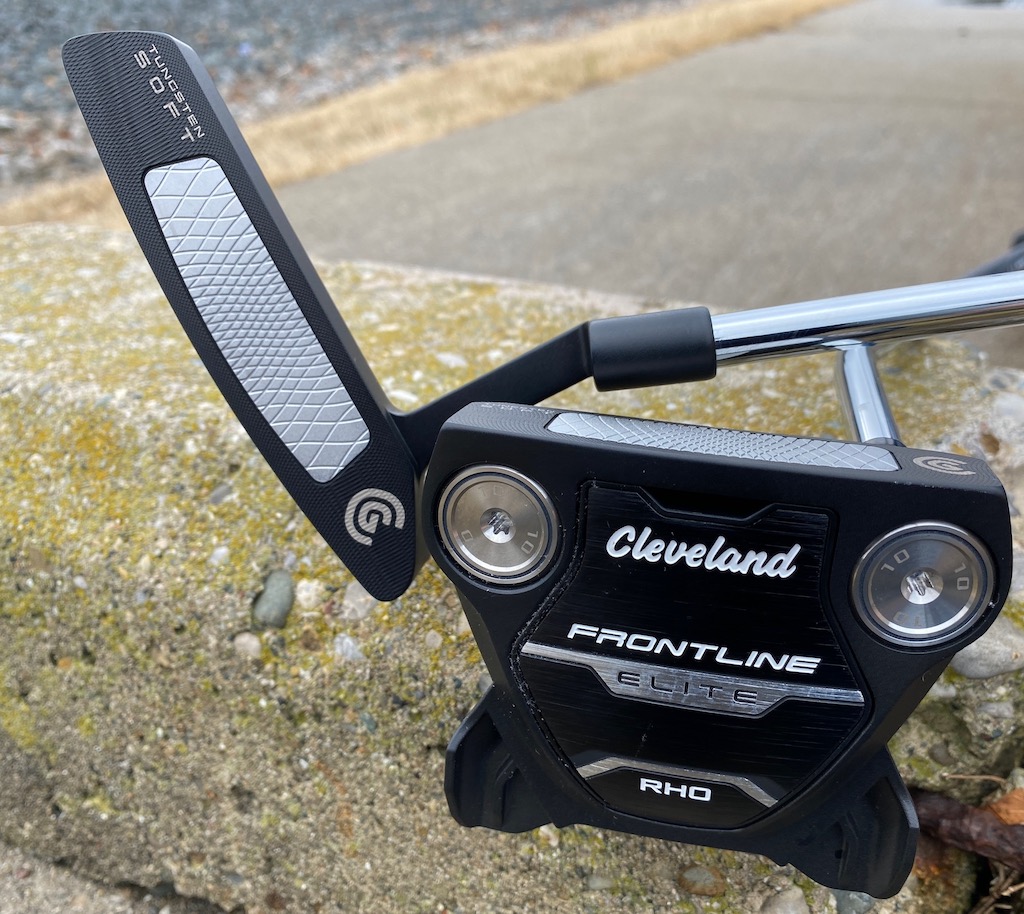
Cleveland’s new Frontline Elite putters launched in late January, and since the debut, we’ve remained intrigued by the idea of repositioning center of gravity as far forward as a design allows in a putter and the implications for consistency and dispersion.
Cleveland’s testing and research indicated that forward CG yields greater consistency, and the latest iteration of Frontline sees the company adding a heavy tungsten face in place of the previous aluminum one to push this concept to the limit.
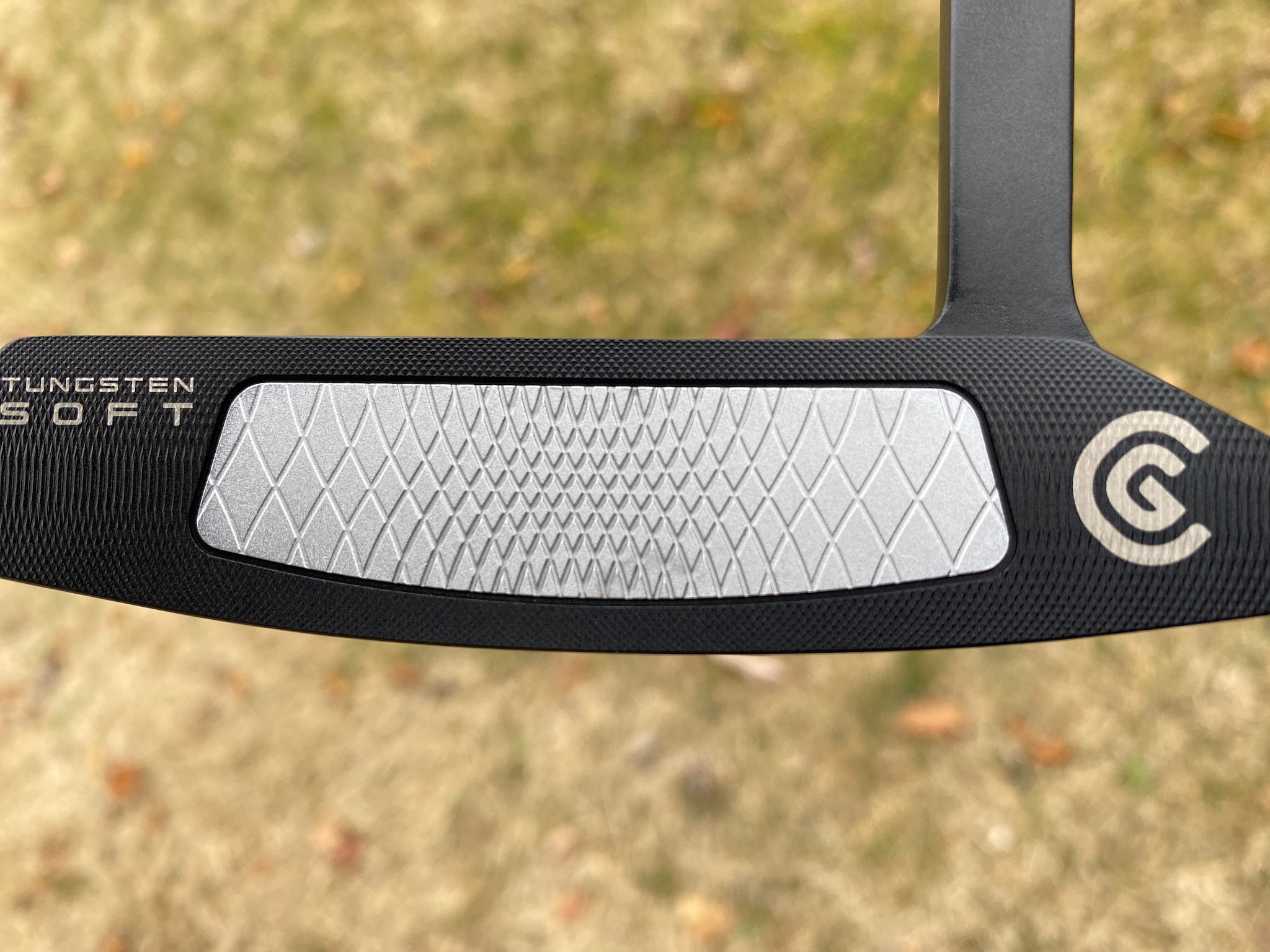
Detail of the Tungsten SOFT face on the Cleveland Frontline Elite 1.0.
Computer simulations comparing forward-weighted Frontline Elite against rear-weighted competitors revealed 38-percent improved accuracy when struck off-center, according to Cleveland.
@golfwrx Cleveland Golf has just announced its new Frontline Elite putter line. The eight models are designed to improve forward weighting and face technology, which aim to help golfers hit straighter putts with consistent speed and distance. Frontline Elite Putters were carefully made to reduce adverse effects of off-center strikes and help players make more putts, regardless of stroke type. #golf #golftiktok #golftok #golfwrx #cleveland #clevelandgolf ? Sky – FigoBeatz
We wanted to dig a little deeper into the technology behind — or in front of — Frontline Elite. Fortunately, Cleveland’s Director of Engineering, Dustin Brekke, was able to help us learn more.
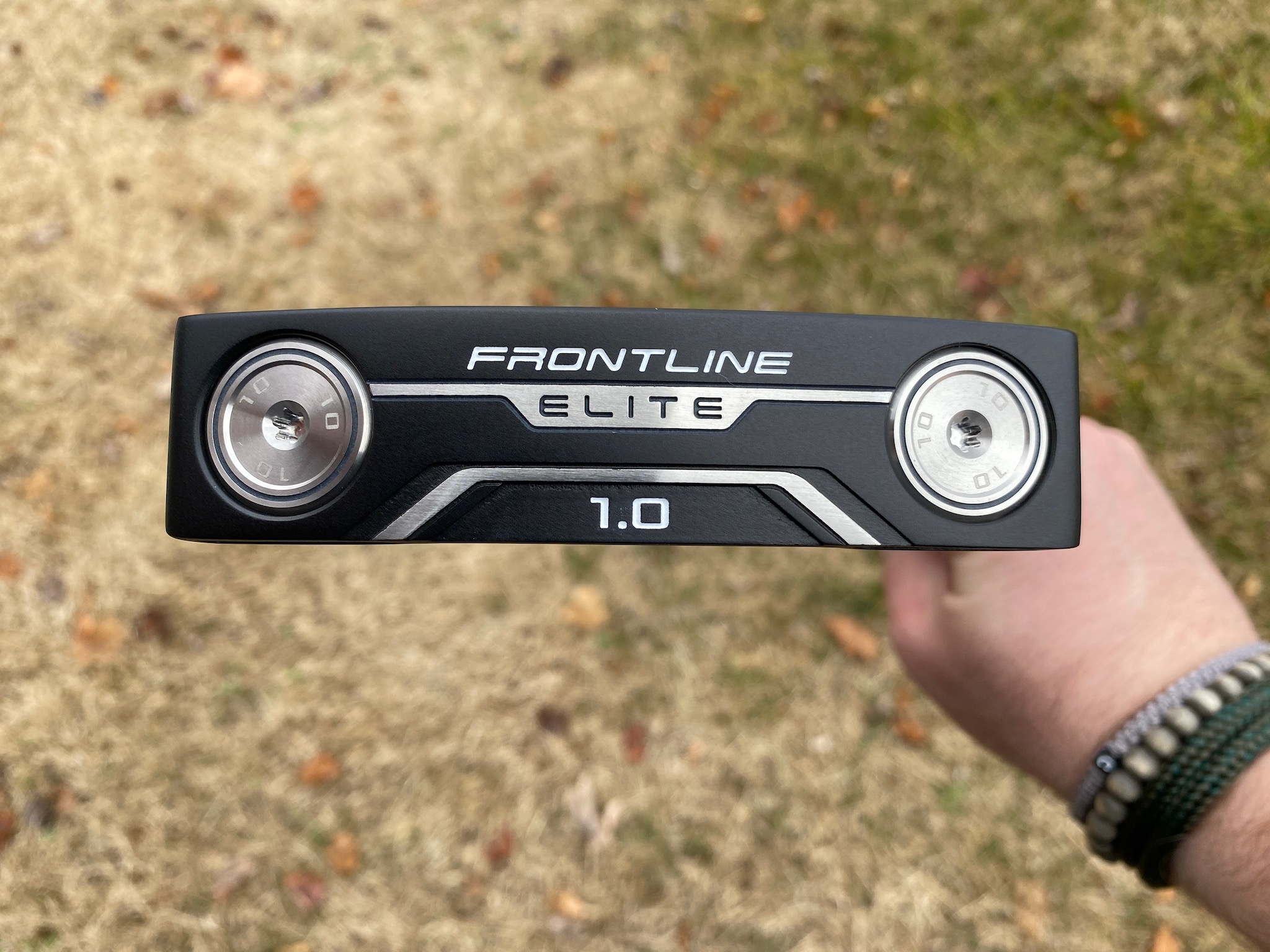
GolfWRX: Let’s talk about tungsten. First of all, can you outline why moving weight forward in the face of a putter is a good thing for golfers?
Dustin Brekke: This has been a hard explanation without getting technical. It comes down to azimuth angle when you mishit the ball, thus left or right of the face center. When you hit off-center, that causes the head to rotate about its Center of Gravity (CG). This rotation applies a lateral force to the golf ball. The deeper the CG from the face, the more that force points sideways. Thus, the shallower the CG the more that lateral force starts to disappear. So, moving the CG forward can work to eliminate any putts pushing or pulling off-line due to an off-center impact. That’s the Frontline Technology. Bringing tungsten to the face insert is the farthest forward we can add extra mass to drive this phenomena.
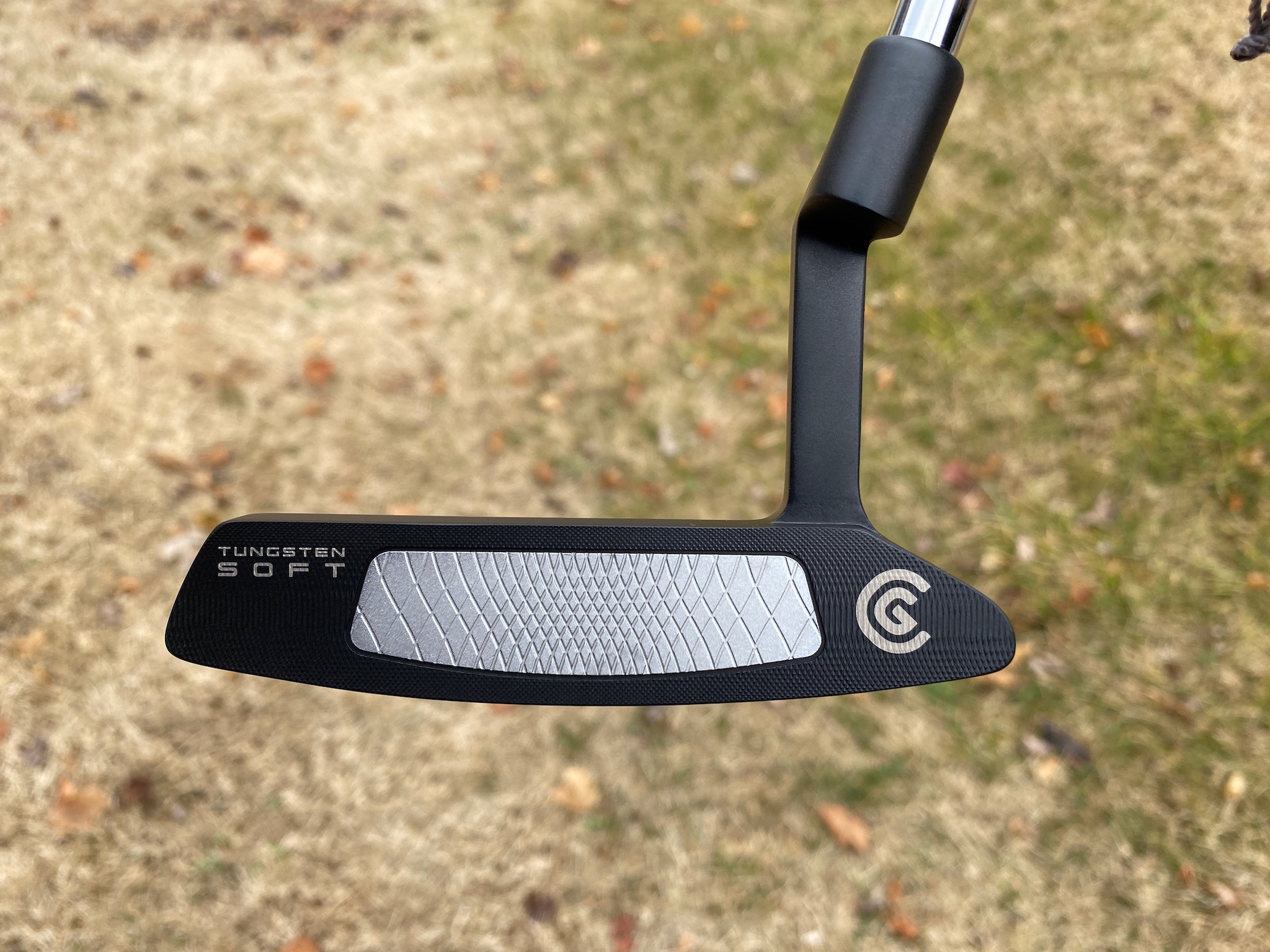
GolfWRX: …And second, how exactly did you do it in the Frontline Elite line?
DB: Frontline Elite focuses on creating great shapes with the farthest forward CG possible. The tungsten face insert is 30+ grams of mass literally on the face, it couldn’t get more forward.
GolfWRX:We know from the launch that Frontline Elite Putters feature a grip, hosel, and alignment scheme designed specifically for either a slight arc or straight stroke type. What does that mean in practice? Can you give a couple of examples from the lineup?
DB: In practice that means players should consider their natural stroke arc. From a bird’s-eye view looking down at their putting stroke, does it hold square along the target line the whole time, or arc slightly around your body. The putter build options are then designed to suit or feel comfortable in those strokes. Our single bend putter models are face balanced and lend to a stroke that isn’t trying to open and close the putter face throughout the stroke. These builds are offered in all the mallets and the Frontline Elite 8.0 large blade model. Additionally, they have larger grips that also reduce activity in the hands, supporting the easiness of maintaining a square face angle throughout the stroke. On the other end, each mallet shape also comes with a slant neck model that like the traditional Frontline Elite 1.0 blade shape have slight toe hang. Toe hang models want to see the club head swing a bit more throughout the stroke. This will feel more comfortable and repeatable for players with arc in their strokes.
GolfWRX: Can you talk about the weighting in this line? Specifically, the interplay between sole weighting and counterbalancing? How was that achieved…and how do golfers benefit?
DB: It’s quite interesting that swing weight metrics don’t hold true for putters for consistent swing feel. When you think about it, it really shouldn’t be surprising with the pendulum like stroke being so different from a full swing. The outcome, however, is that we needed to figure out the right adjustments to make head mass and counterbalancing to maintain a consistent feel across different putter lengths. If you simply add a ton of head weight to shorter putters to get up to the same swing weight, the club will feel heavier because of the amount of mass added. By offsetting that with reducing the counterbalance weighting, we can maintain a feel even though the swing weights don’t match. The benefit to the golfer isn’t that they’ll change putter lengths, rather that regardless of stance or length preference they can expect a balanced feel. Previously, people purchasing short putters likely had to deal with it feeling very light, and vice versa for people purchasing long putters.
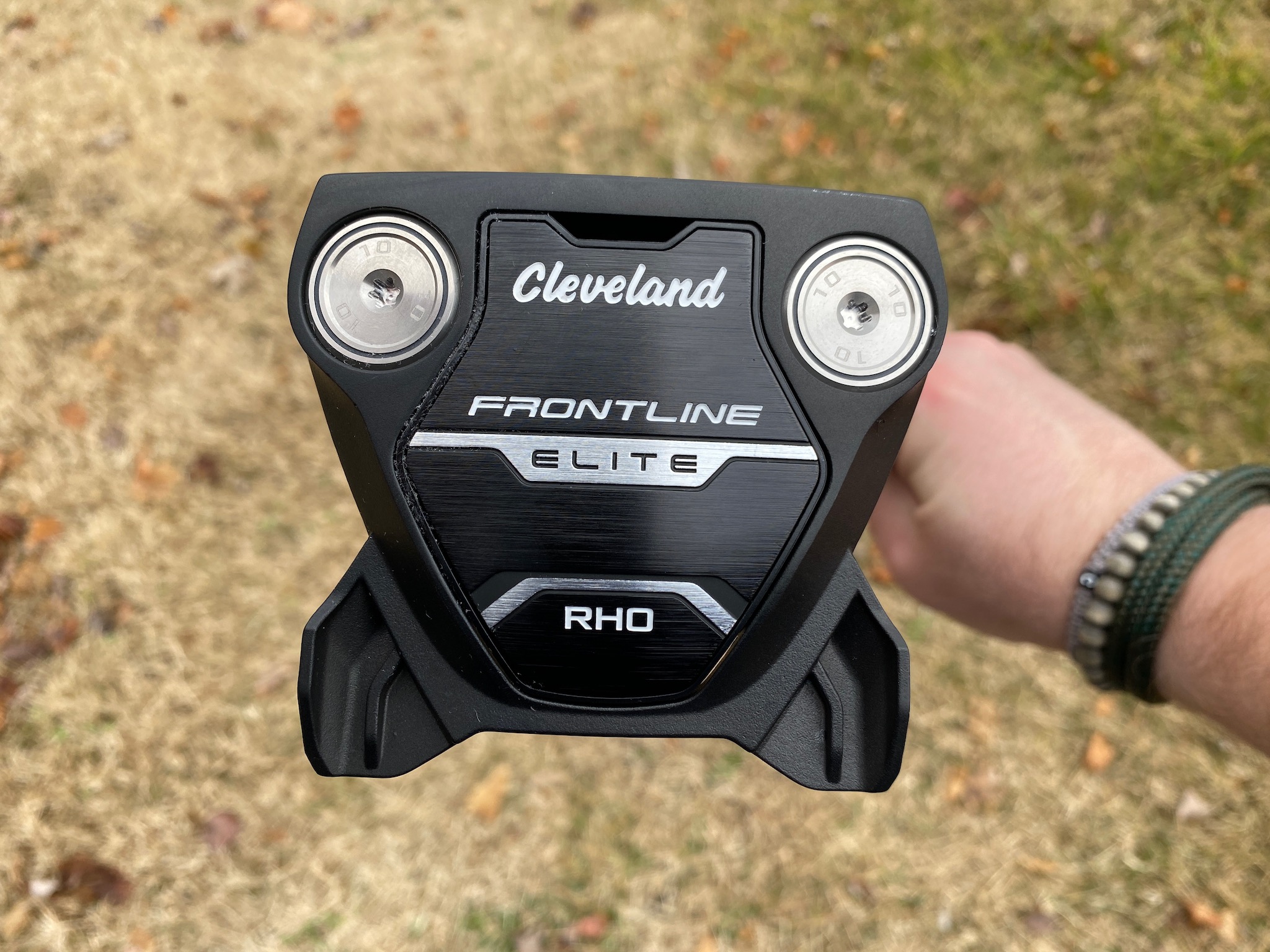
GolfWRX: What can you tell us about the Tungsten SOFT face?
DB: I described the CG benefit of the tungsten forward in the face, but it’s important that we were able to keep the Speed Optimized Face Technology (SOFT). This technology controls ball speed across the entire insert. Where there would typically be ball speed loss off-center, we can control ball speed uniquely at each point on the face to make them all equal. And we can tune this uniquely to each putter model with its own CG and MOI properties. The result is, in the one insert we’re making all off-center impacts go straight and with equal ball speed.
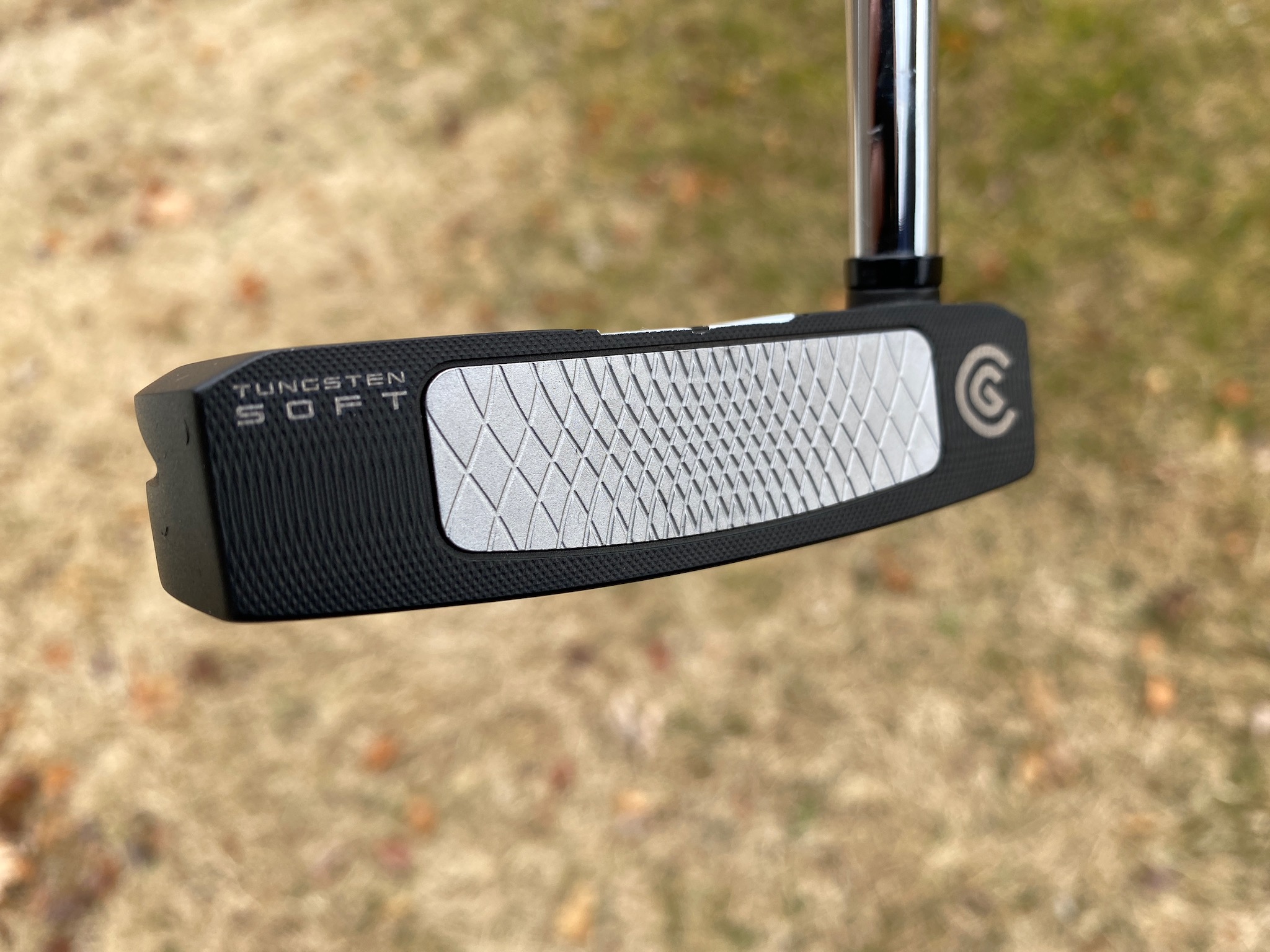
GolfWRX: In looking at an exploded view of the Rho, I counted like eight different pieces. Can you talk about all the elements and how they work together?
DB: It was important for us in this product lineup to offer a large mallet that’s become a popular wish in the industry. Doing so however, without making an insanely heavy head requires significant weight distribution and multimaterial. The sole weights are in the model for the swing feel adjustments and the tungsten face insert is there for azimuth and ball speed perfection, but after that a massive amount of weight needed to be removed from the head design. The entire center guts, for lack of a better term, were replaced with a lightweight combination of durable ABS and Anodized aluminum. Overall, there are just multiple performance and design objectives this Frontline Elite RHO model is trying to meet, and a complex construction is required to achieve that.
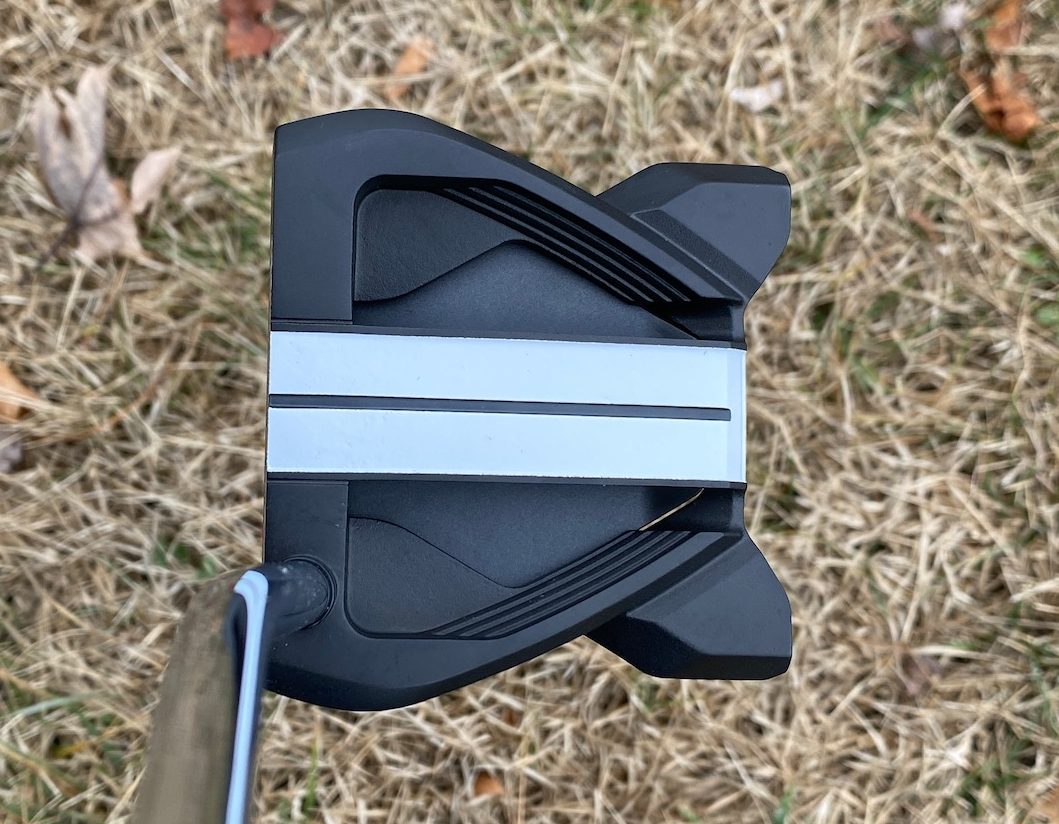
GolfWRX: Can you briefly run down the putters in the lineup and who each is best suited for?
DB: The entire Frontline Elite putter lineup includes half toe hang models and half face balanced models. That’s the first distinguisher. From there, are multiple popular shape categories to cover all player preferences. There’s a nice synergy in the mallets being offered in both stroke types. Beyond that, all models have the performance technologies discussed above. So, a player should consider their stroke type, then model preference, as well as what suits them best for alignment. That will lead the player to the best model for their game.
- LIKE29
- LEGIT2
- WOW0
- LOL1
- IDHT2
- FLOP0
- OB0
- SHANK1
Whats in the Bag
Steve Stricker WITB 2024 (April)
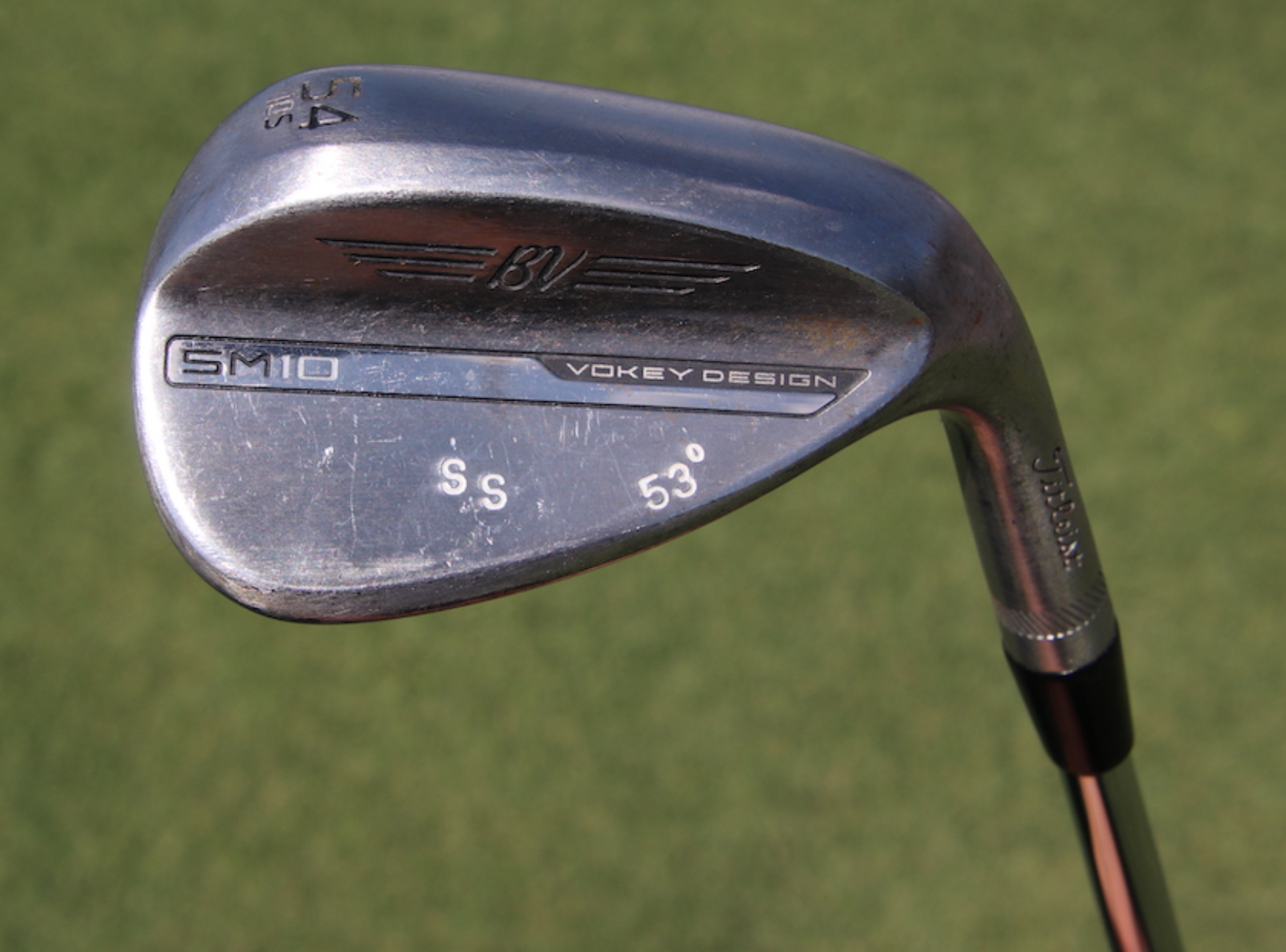
- Steve Stricker WITB accurate as of the Zurich Classic. More photos from the event here.
Driver: Titleist TSR3 (9 degrees, C4 SureFit setting)
Shaft: Fujikura Motore Speeder VC 7.2 X
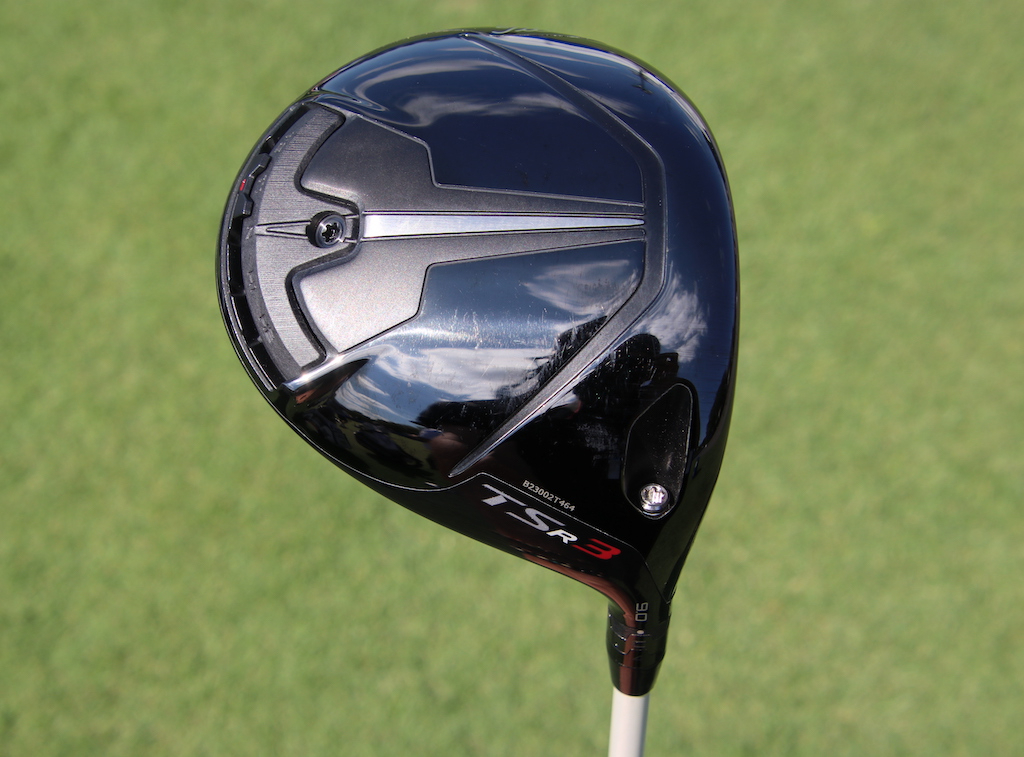

3-wood: Titleist 915F (13.5 degrees)
Shaft: Mitsubishi Tensei CK Pro White 80 TX
Hybrid: Titleist 816 H1 (17 degrees)
Shaft: Fujikura Motore Speeder VC 9.2 X
Irons: Titleist T200 (3, 4), Titleist T100 (5-9)
Shafts: Project X 6.5
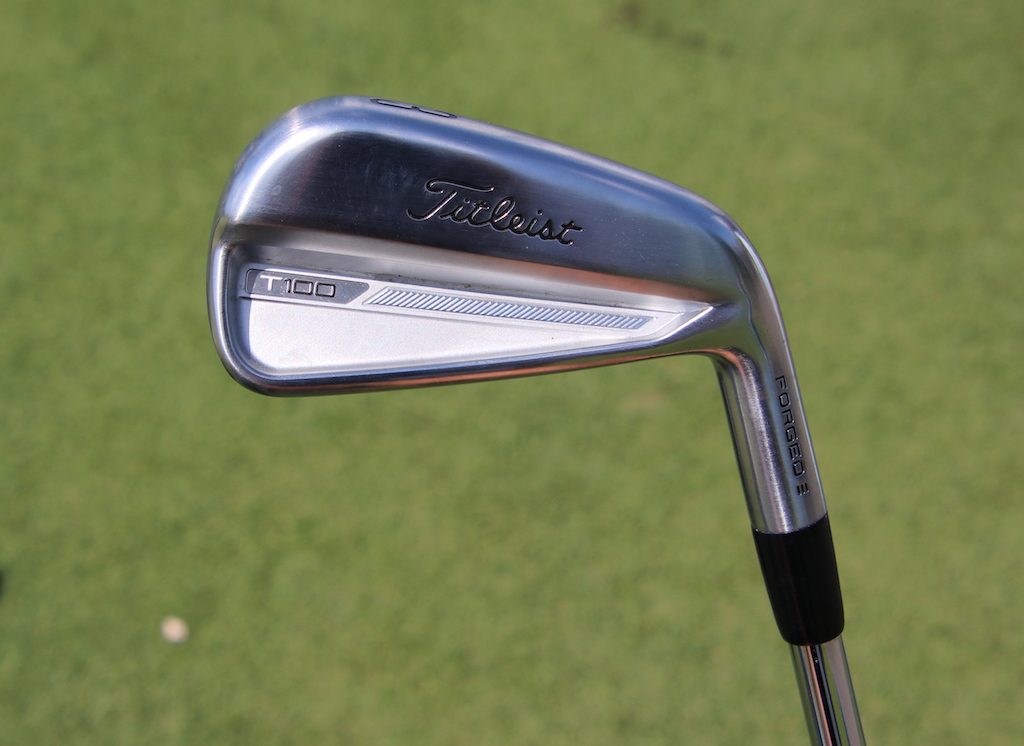
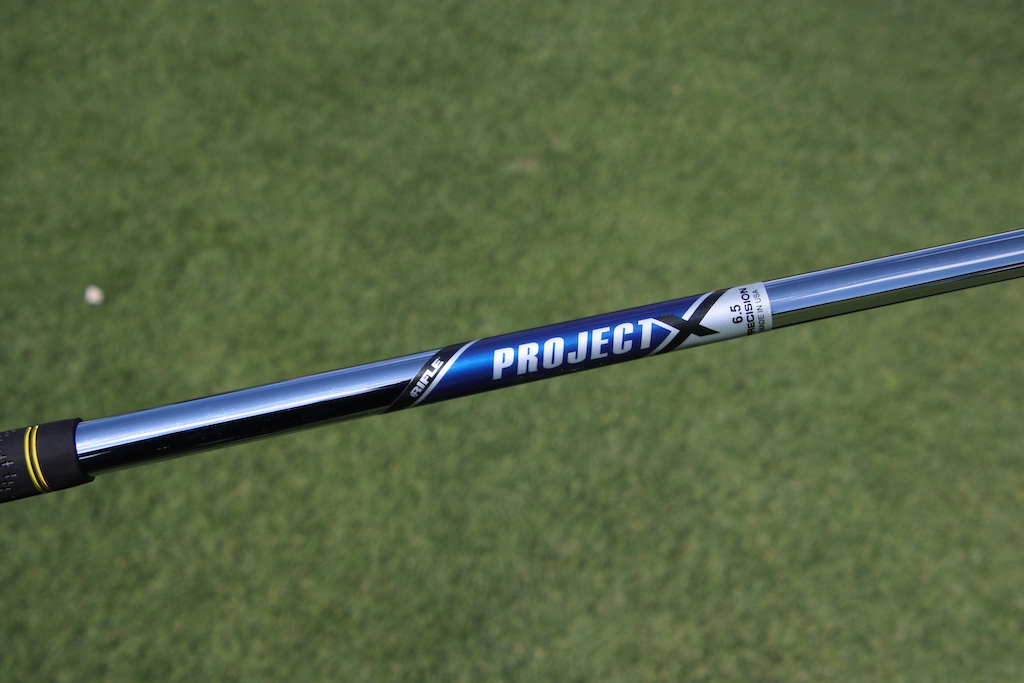
Wedges: Titleist Vokey SM8 (46-10F @55), Titleist Vokey SM10 (54-10S @53), Titleist Vokey SM4 (60 @59)
Shafts: True Temper Dynamic Gold X100 w/Sensicore
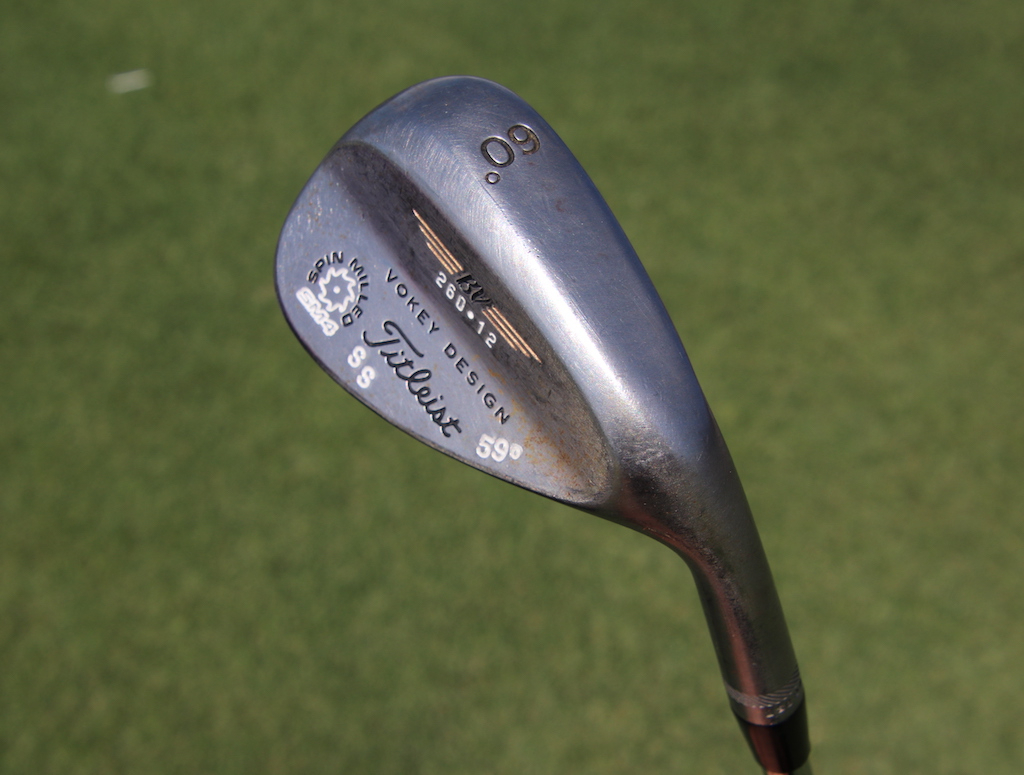
Putter: Odyssey White Hot No. 2
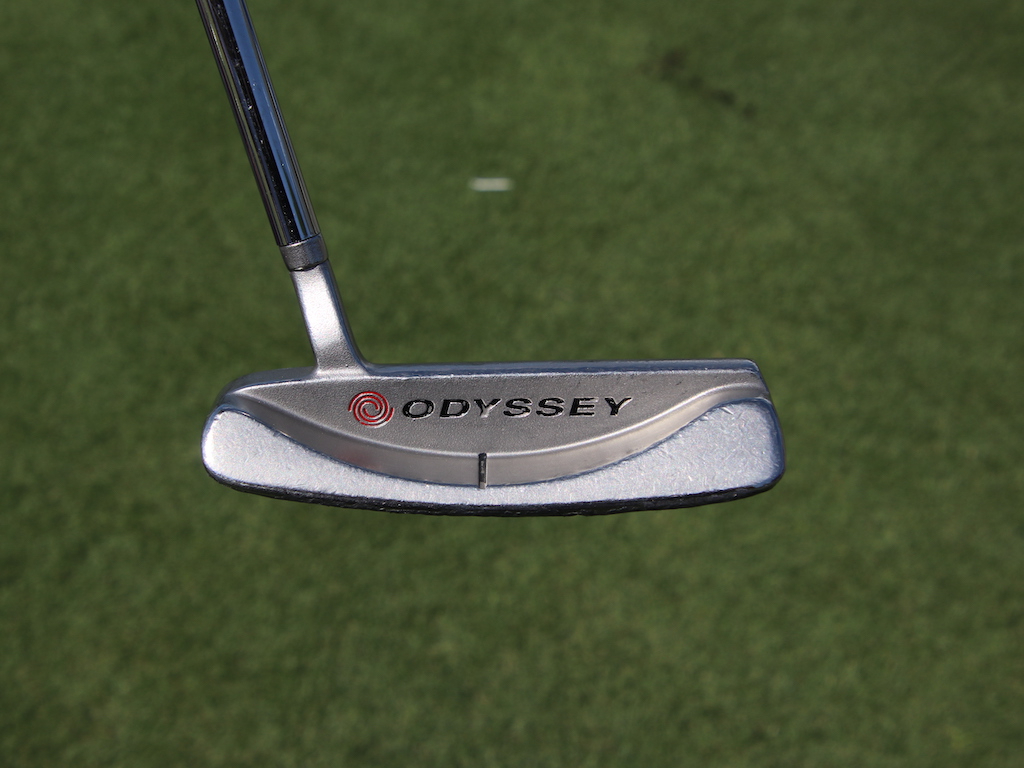
Ball: Titleist Pro V1x
Grips: Golf Pride Tour Velvet Grip Rite
Check out more in-hand photos of Steve Stricker’s clubs here.
- LIKE24
- LEGIT2
- WOW0
- LOL0
- IDHT1
- FLOP0
- OB0
- SHANK0
Whats in the Bag
Alex Fitzpatrick WITB 2024 (April)
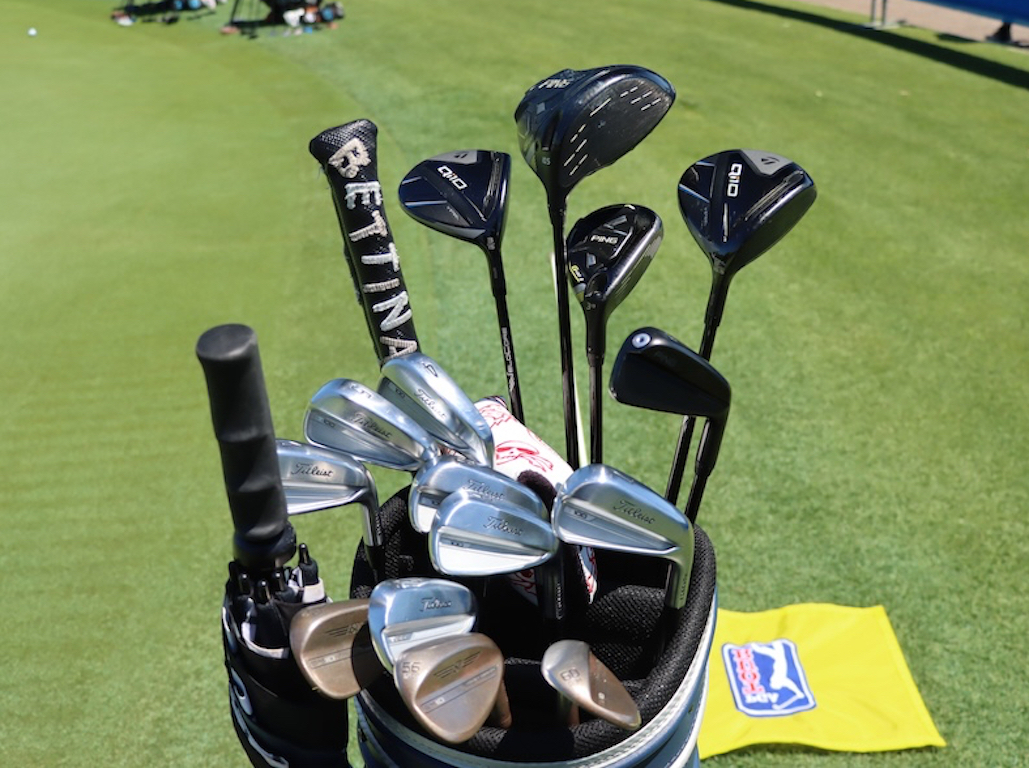
- Alex Fitzpatrick what’s in the bag accurate as of the Zurich Classic.
Driver: Ping G430 LST (10.5 degrees)
Shaft: Fujikura Ventus Black 6 X
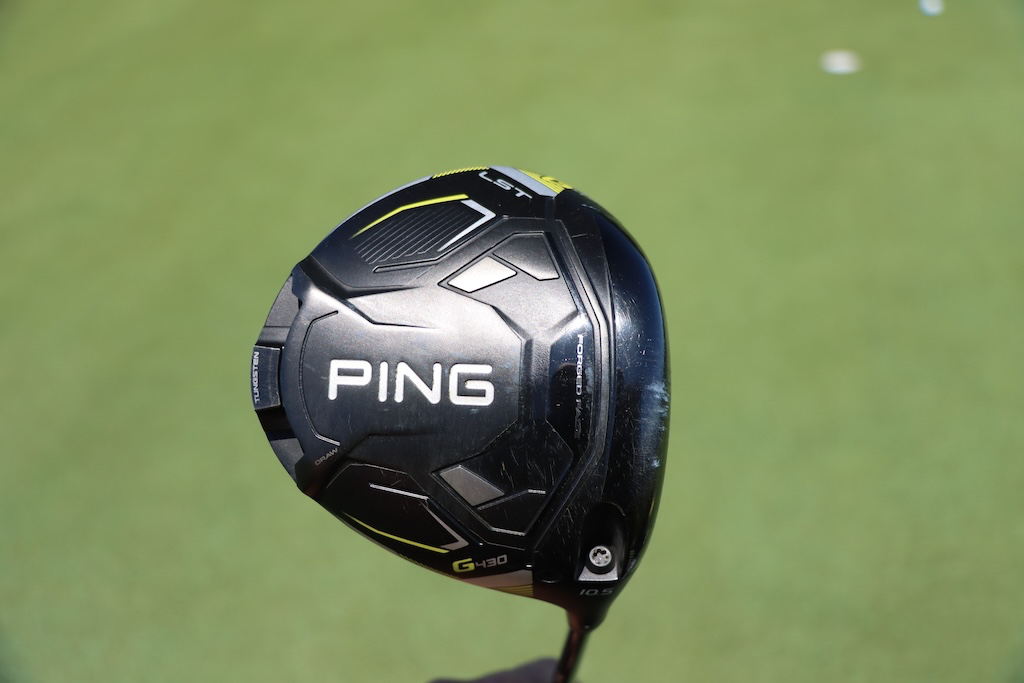
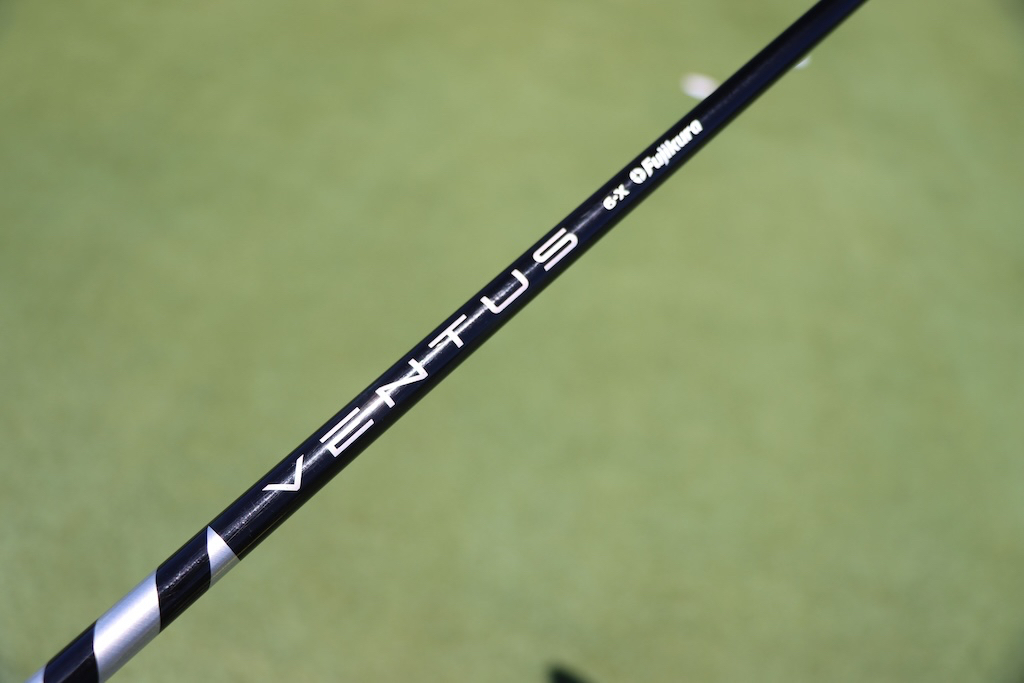
3-wood: TaylorMade Qi10 (15 degrees)
Shaft: Fujikura Ventus TR Black 7 X
Hybrid: Ping G430 (19 degrees)
Shaft: Fujikura Ventus Black HB 10 TX
Irons: Ping iCrossover (2), Titleist T100 (4-PW)
Shafts: Fujikura Ventus Black HB 9 TX (2), Nippon N.S. Pro Modus 3 Tour 120 X (4-9)
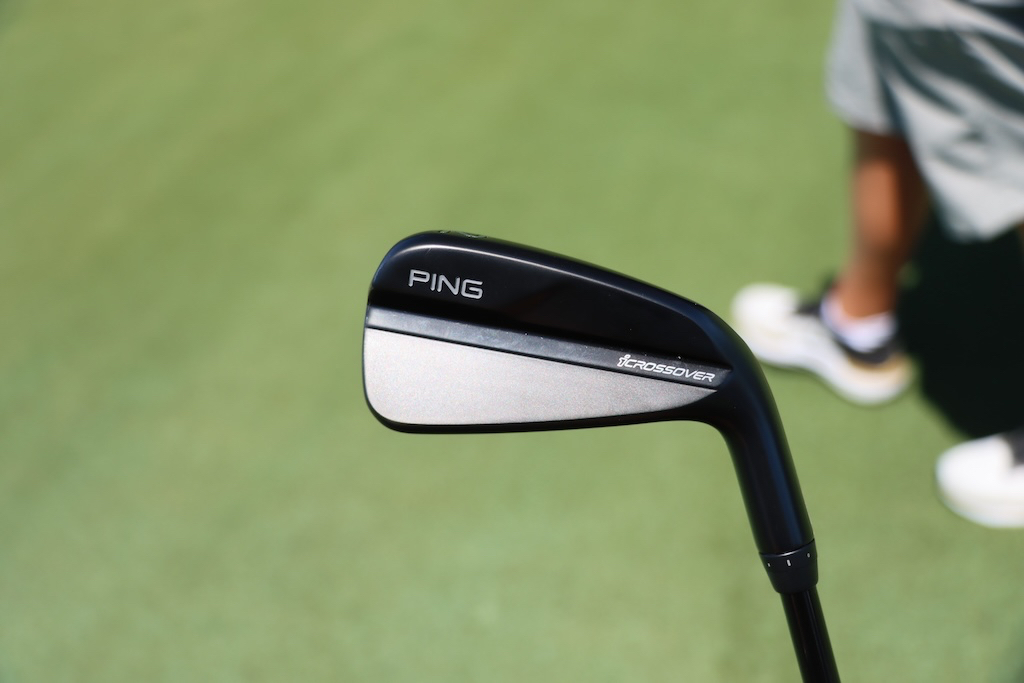
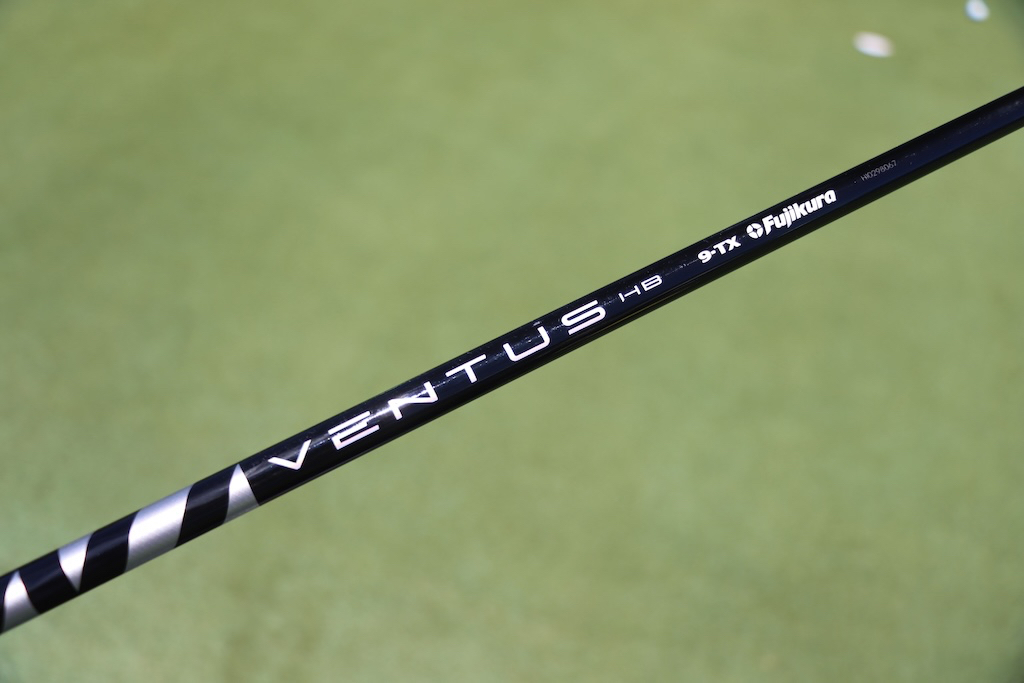
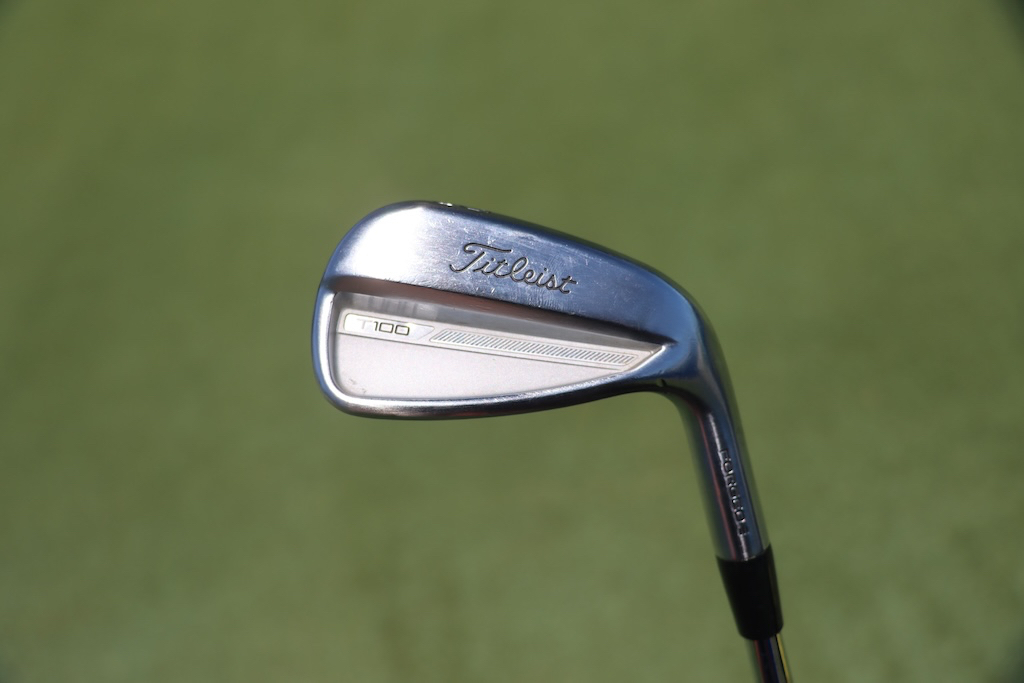
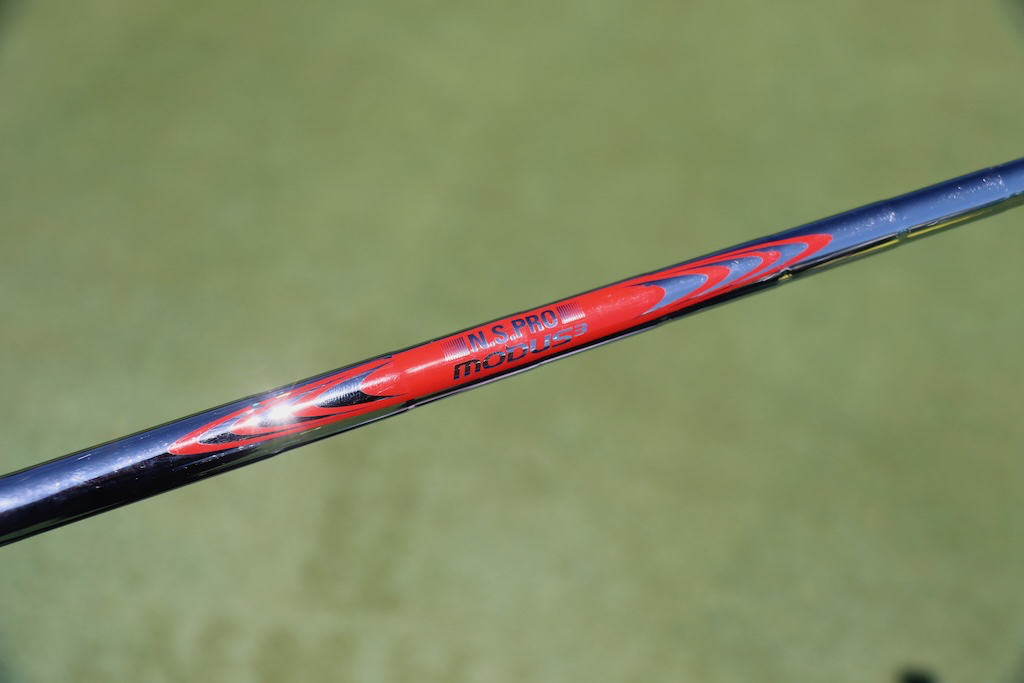
Wedges: Titleist Vokey Design SM10 (50-12F, 56-12D, 60-08M)
Shafts: Nippon N.S. Pro Modus 3 Tour 120 X
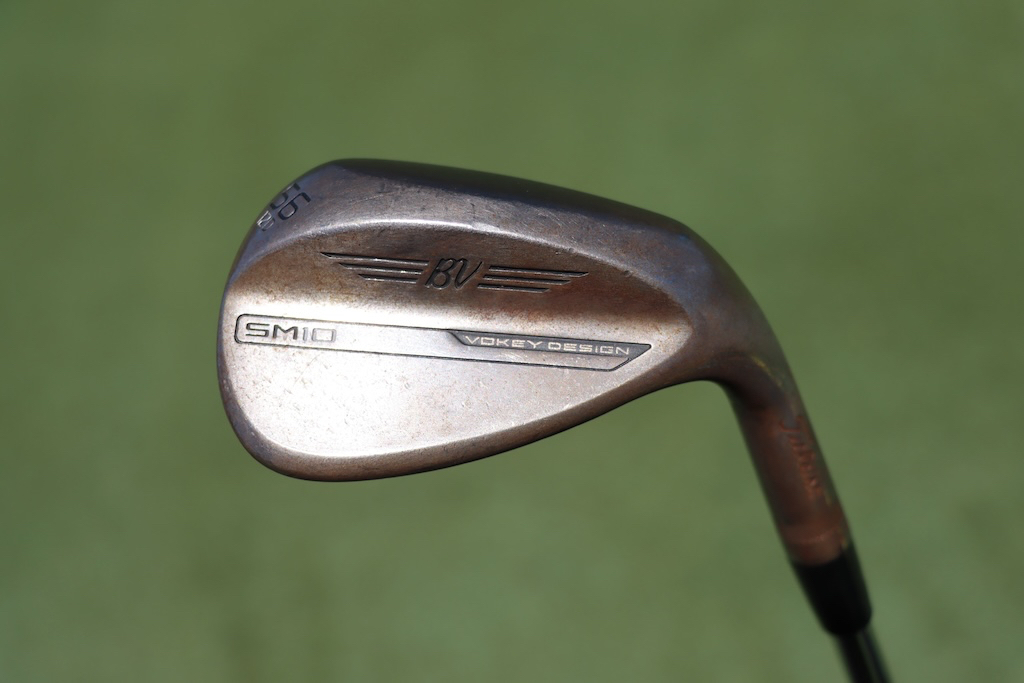
Putter: Bettinardi SS16 Dass
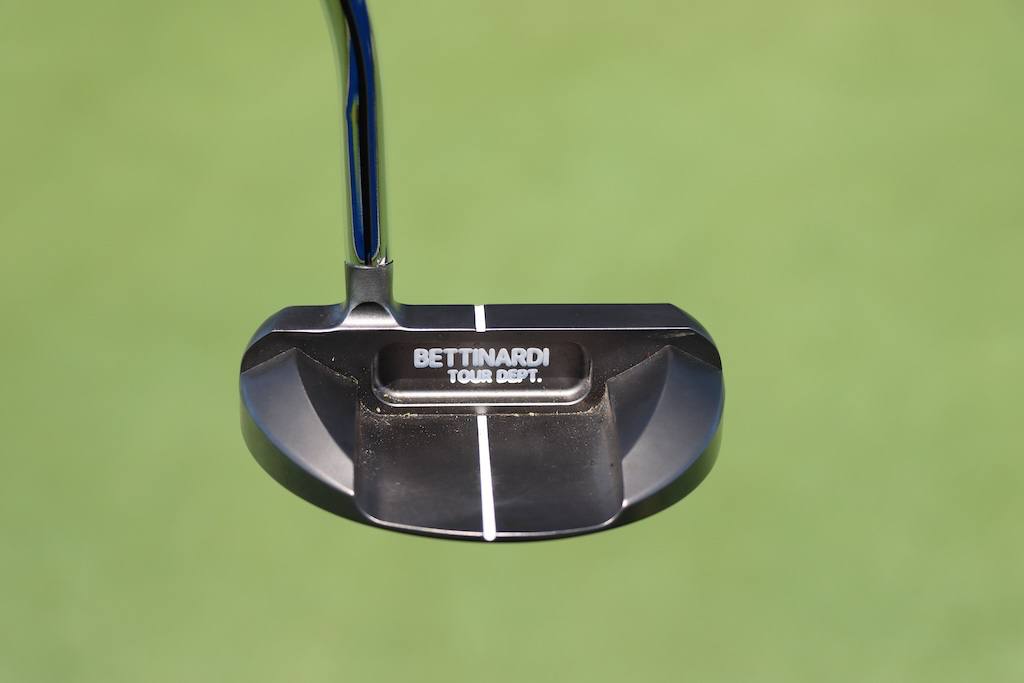
Grips: Golf Pride MCC
Check out more in-hand photos of Alex Fitzpatrick’s clubs here.
- LIKE11
- LEGIT0
- WOW0
- LOL1
- IDHT1
- FLOP0
- OB0
- SHANK0
Equipment
What’s the perfect mini-driver/shaft combo? – GolfWRXers discuss

In our forums, our members have been discussing Mini-Drivers and accompanying shafts. WRXer ‘JamesFisher1990’ is about to purchase a BRNR Mini and is torn on what shaft weight to use, and our members have been sharing their thoughts and set ups in our forum.
Here are a few posts from the thread, but make sure to check out the entire discussion and have your say at the link below.
- PARETO: “New BRNR at 13.5. Took it over to TXG (Club Champ but TXG will always rule) in Calgary for a fit. Took the head down to 12, stuck in a Graphite Design AD at 3 wood length and 60g. Presto- numbers that rivaled my G430Max but with waaaaay tighter dispersion. Win.”
- driveandputtmachine: “Still playing a MIni 300. The head was only 208, so I ordered a heavier weight and play it at 3 wood length. I am playing a Ventus Red 70. I play 70 grams in my fairways. I use it mainly to hit draws off the tee. When I combine me, a driver, and trying to hit a draw it does not work out well most of the time. So the MIni is for that. As an aside, I have not hit the newest BRNR, but the previous model wasn’t great off the deck. The 300 Mini is very good off the deck.”
- JAM01: “Ok, just put the BRNR in the bag along side a QI10 max and a QI10 3 wood. A load of top end redundancy. But, I have several holes at my two home courses where the flight and accuracy of the mini driver helps immensely. Mine is stock Proforce 65 at 13.5, I could see a heavier shaft, but to normal flex, as a nice alternative.”
Entire Thread: “What’s the perfect Mini-Driver/Shaft combo? – GolfWRXers discuss”
- LIKE5
- LEGIT1
- WOW0
- LOL0
- IDHT2
- FLOP0
- OB0
- SHANK5
-

 19th Hole3 weeks ago
19th Hole3 weeks agoDave Portnoy places monstrous outright bet for the 2024 Masters
-

 19th Hole6 days ago
19th Hole6 days agoJustin Thomas on the equipment choice of Scottie Scheffler that he thinks is ‘weird’
-

 19th Hole3 weeks ago
19th Hole3 weeks agoTiger Woods arrives at 2024 Masters equipped with a putter that may surprise you
-

 19th Hole6 days ago
19th Hole6 days ago‘Absolutely crazy’ – Major champ lays into Patrick Cantlay over his decision on final hole of RBC Heritage
-

 19th Hole2 weeks ago
19th Hole2 weeks agoTwo star names reportedly blanked Jon Rahm all week at the Masters
-

 19th Hole2 weeks ago
19th Hole2 weeks agoReport: LIV Golf identifies latest star name they hope to sign to breakaway tour
-

 19th Hole2 weeks ago
19th Hole2 weeks agoNeal Shipley presser ends in awkward fashion after reporter claims Tiger handed him note on 8th fairway
-

 19th Hole2 weeks ago
19th Hole2 weeks agoBrandel Chamblee has ‘no doubt’ who started the McIlroy/LIV rumor and why
















Harry
Mar 11, 2023 at 1:31 pm
So time to break out the Carbite putters again?